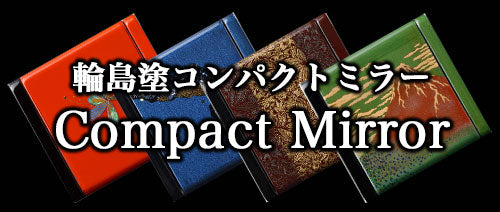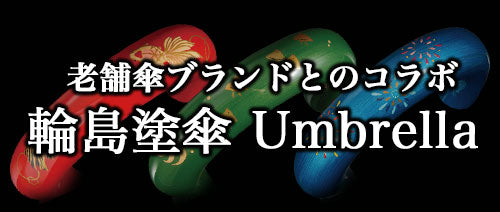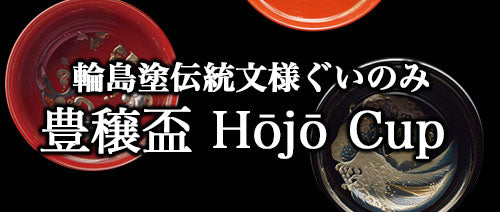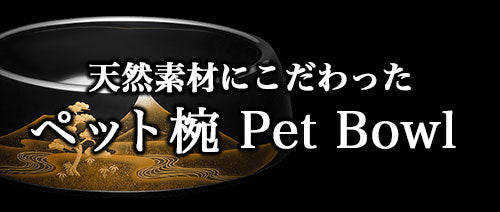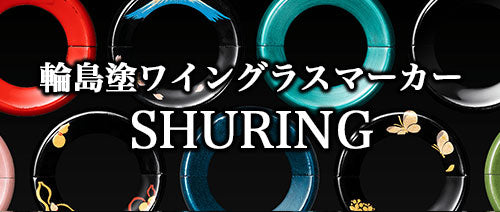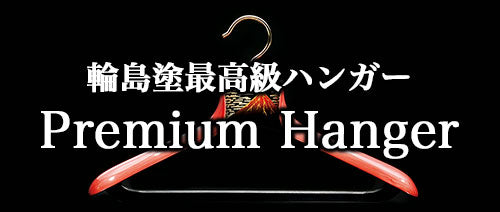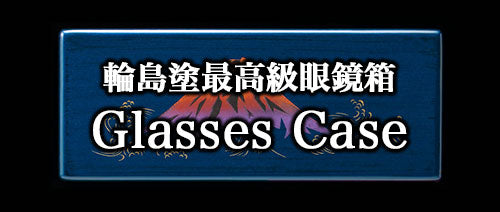What is Wajima-nuri?
Wajima-nuri is one of Japan’s finest lacquerware, a traditional craft produced in Wajima City, Ishikawa Prefecture. Each piece goes through approximately 124 meticulous steps, with skilled artisans specializing in different stages, all completed by hand with great care and precision.
One of Wajima-nuri’s defining features is its exceptionally durable base, created using "Jinoko" (diatomaceous earth). This unique undercoating, combined with multiple layers of lacquer, makes Wajima-nuri far more resistant to damage and longer-lasting than other lacquerware.
Unlike many other lacquerware pieces, which apply lacquer directly to the wooden base, Wajima-nuri employs a special technique called "Nunogise". This method reinforces vulnerable areas—such as the edges and bottom—by applying a layer of linen, further enhancing its strength. Thanks to this meticulous craftsmanship, Wajima-nuri can last for over 100 years.
More than just a lacquerware piece, Wajima-nuri is a legacy—an heirloom passed down through generations. As it is used, its gloss deepens, and its beauty matures, making it a timeless masterpiece shaped by centuries of tradition and the hands of master artisans.
History
The origins of Wajima-nuri date back to the Muromachi period (1336–1573), when it developed into one of Japan’s most renowned lacquerware traditions in Wajima City, Ishikawa Prefecture. By the Edo period (1603–1868), artisans had perfected a unique technique using Jinoko (diatomaceous earth), which enhanced the durability of Wajima-nuri, making it widely recognized for its exceptional longevity.
During the Meiji era (1868–1912), demand for lacquerware grew, particularly for calligraphy tools and tableware. After World War II, Wajima-nuri evolved further, becoming more prominent in tea ceremony utensils and decorative lacquerware. In 1977, it was designated as a "Traditional Craft of Japan", recognizing its highly refined techniques, which are also applied in the restoration of cultural heritage.
Today, Wajima-nuri is highly regarded internationally, prized both as an art form and as luxury tableware. Thanks to the dedication of skilled artisans, this time-honored craft continues to be meticulously preserved and passed down, ensuring its legacy for generations to come.
A Key Hub of Trade and Logistics
Wajima City is located in the northern part of the Noto Peninsula, Ishikawa Prefecture.
Surrounded by the rich blessings of the sea and mountains, it flourished as a key hub of trade and logistics during the Edo period. The Kitamaebune (literally "northern-bound ships") were merchant vessels that played a vital role in maritime trade from the Edo to Meiji periods, navigating the Sea of Japan. These ships facilitated the exchange of goods between western Japan and Hokkaido, bringing diverse cultures and techniques from across the country. This vibrant trade contributed significantly to the development of Wajima-nuri lacquerware.
Ideal Climatic Conditions
Unlike conventional paints that harden in dry environments, urushi lacquer has a unique property of curing in the presence of humidity. Wajima's climate maintains a suitable level of humidity throughout the year, providing an ideal environment for lacquer to cure evenly and form a smooth, beautiful coating.
Optimal Material
The undercoating material used in lacquerware, known as "Jinoko" (diatomaceous earth powder), is made by firing diatomaceous earth at high temperatures and grinding it into a fine powder.
Wajima's diatomaceous earth is particularly unique, as its uniform particles and countless microscopic pores (porous nature) allow it to strongly absorb lacquer and ensure a firm bond.
As a result, it plays an essential role in forming a strong and durable foundation, making it an irreplaceable material.
Through the harmonious fusion of Wajima's natural environment, rich history, and master craftsmanship, Wajima-nuri has been refined into a lacquerware of unparalleled beauty and durability.








